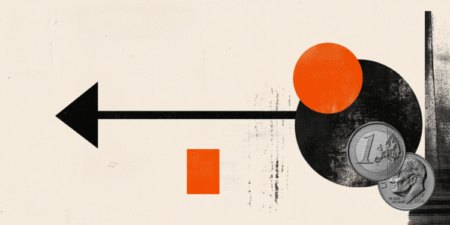- USD/JPY drops from 150.91 to 147.28 on soft Nonfarm Payrolls.
- Pair falls below 200-day and 20-day SMAs, RSI turns bearish.
- Next key support sits at 145.71, where 50- and 100-day SMAs converge.
The USD/JPY is set to end the week with losses of 0.18% after a worse-than-expected employment report in the United States (US) opened the gates for safe-haven demand, pushing the Japanese Yen higher. This, along with falling US Treasury yields, sent the pair plummeting more than 2%, from around 150.91 to 147.28. At the time of writing, the pair trades at 147.38, near the weekly lows.
USD/JPY Price Forecast: Technical outlook
The USD/JPY reversed its course on the data, diving below the 200-day SMA at 149.49, which cleared the way to test the July 31 daily low of 148.58. The latter was breached quickly with sellers pushing the pair towards the 20-day SMA at 147.69. before clearing the 147.50 mark.
As the end of the trading day is near, the pair stabilized below the latter. Momentum has shifted slightly bearishly as depicted by the Relative Strength Index (RSI).
If USD/JPY clears 147.00, the next support would be the July 24 swing low of 145.85, immediately followed by the confluence of the 100 and 50-day SMAs at 145.71. A breach of the latter will expose the 144.00 mark.
USD/JPY Price Chart – Daily
Japanese Yen FAQs
The Japanese Yen (JPY) is one of the world’s most traded currencies. Its value is broadly determined by the performance of the Japanese economy, but more specifically by the Bank of Japan’s policy, the differential between Japanese and US bond yields, or risk sentiment among traders, among other factors.
One of the Bank of Japan’s mandates is currency control, so its moves are key for the Yen. The BoJ has directly intervened in currency markets sometimes, generally to lower the value of the Yen, although it refrains from doing it often due to political concerns of its main trading partners. The BoJ ultra-loose monetary policy between 2013 and 2024 caused the Yen to depreciate against its main currency peers due to an increasing policy divergence between the Bank of Japan and other main central banks. More recently, the gradually unwinding of this ultra-loose policy has given some support to the Yen.
Over the last decade, the BoJ’s stance of sticking to ultra-loose monetary policy has led to a widening policy divergence with other central banks, particularly with the US Federal Reserve. This supported a widening of the differential between the 10-year US and Japanese bonds, which favored the US Dollar against the Japanese Yen. The BoJ decision in 2024 to gradually abandon the ultra-loose policy, coupled with interest-rate cuts in other major central banks, is narrowing this differential.
The Japanese Yen is often seen as a safe-haven investment. This means that in times of market stress, investors are more likely to put their money in the Japanese currency due to its supposed reliability and stability. Turbulent times are likely to strengthen the Yen’s value against other currencies seen as more risky to invest in.
Read the full article here
















